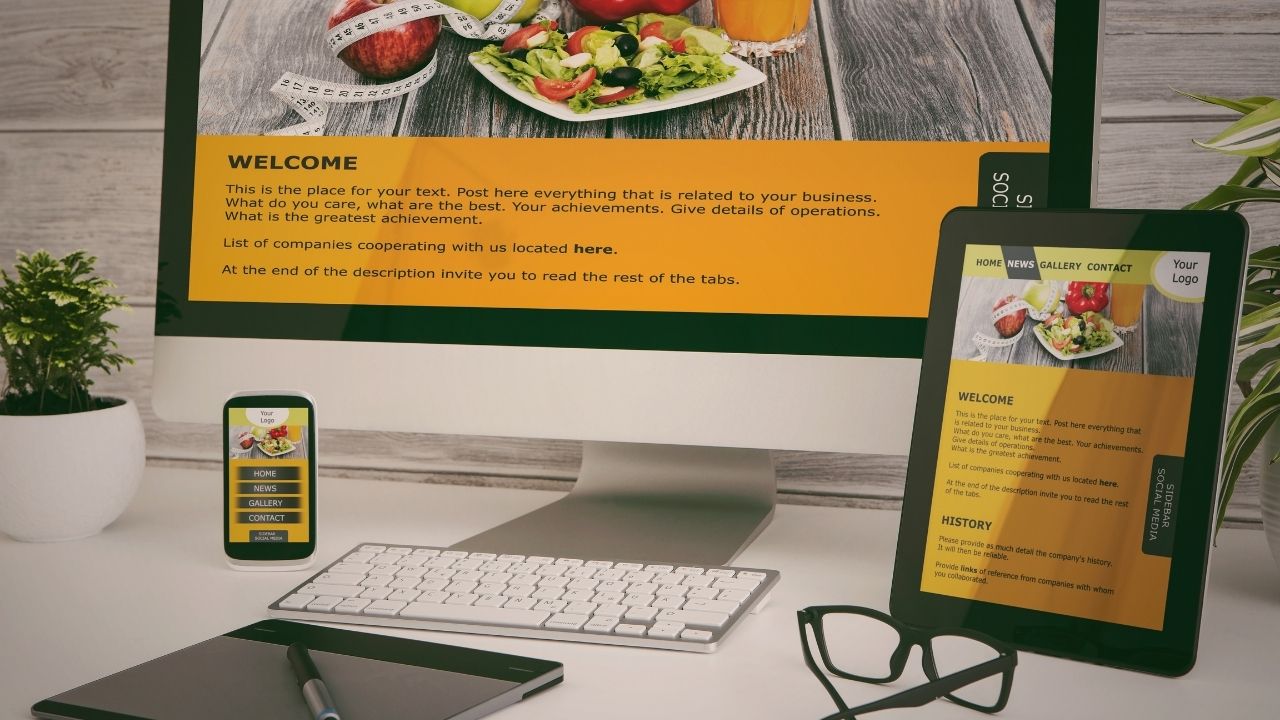Are you looking to create visually pleasing and balanced web designs? Look no further than the Golden Ratio!
In this article, we'll give you a brief overview of this timeless design principle and explore its historical applications. Discover how you can apply the Golden Ratio to your web layouts and enhance user experience with harmonious proportions.
Plus, we'll share practical tips to help you implement this design technique into your own web design projects.



 With these practical tips, you can start implementing the golden ratio in your web design projects and create beautiful, harmonious websites.
Happy designing!
With these practical tips, you can start implementing the golden ratio in your web design projects and create beautiful, harmonious websites.
Happy designing!
Key Takeaways
- The golden ratio is a mathematical concept used in design for visually pleasing proportions.
- It has been applied in architecture, art, and web design.
- Famous structures like the Parthenon in Athens and paintings like Leonardo da Vinci's 'The Last Supper' incorporate the golden ratio in their dimensions and composition.
- Implementing the golden ratio in web design creates visually appealing and balanced layouts, enhances user experience, and improves readability.
The Golden Ratio: A Brief Overview
To understand the golden ratio, you'll need to know that it is a mathematical concept often used in design to create visually pleasing proportions. It has been applied in various fields, including architecture and art. In architecture, the golden ratio can be seen in the proportions of famous structures like the Parthenon in Athens. The dimensions of the building, such as the height and width, follow the golden ratio, creating a sense of harmony and balance. Similarly, in art, many artists have used the golden ratio to create aesthetically pleasing compositions. Paintings like Leonardo da Vinci's 'The Last Supper' and Salvador Dali's 'The Sacrament of the Last Supper' incorporate the golden ratio in their composition, resulting in visually captivating and balanced artworks. The golden ratio continues to be a fundamental principle in creating visually appealing designs in various fields.
Historical Applications of the Golden Ratio in Design
Explore the historical use of this timeless principle in various artistic disciplines. The golden ratio has had a significant impact on the world of design throughout history. Artists and architects recognized the aesthetic appeal and harmonious proportions that the golden ratio offers. In ancient Greece, it was used in the construction of buildings such as the Parthenon, where the dimensions followed the golden ratio. Leonardo da Vinci incorporated the golden ratio into his masterpieces, such as the Mona Lisa, to achieve visual balance and appeal. The golden ratio's influence extended to other disciplines, like music and literature. Composers like Mozart and Beethoven used it to structure their compositions, creating a sense of harmony. Writers, such as Virgil and Shakespeare, applied the golden ratio to create balanced and pleasing literary works. The historical significance of the golden ratio in design cannot be overstated, as its artistic influence continues to inspire creativity today.Applying the Golden Ratio to Web Layouts
The use of the golden ratio in web layouts can create visually appealing and balanced designs. When applied to typography, the golden ratio can help determine the ideal font size, line height, and spacing for a harmonious and easy-to-read text. By following these proportions, you can ensure that your website's typography is both aesthetically pleasing and functional. In logo design, the golden ratio can be used to create logos that are visually striking and memorable. This mathematical principle can guide the placement and proportions of the logo elements, resulting in a balanced and visually pleasing composition. By incorporating the golden ratio into your logo design process, you can create a logo that is not only visually appealing but also communicates the essence of your brand effectively.
Enhancing User Experience With Harmonious Proportions
Enhancing your user experience with harmonious proportions can create a visually pleasing and intuitive interface. When it comes to web design, incorporating color psychology can significantly impact how users perceive your website. Colors have the power to evoke emotions, influence behaviors, and create a sense of harmony or discord. By carefully selecting the right color palette, you can create a visually appealing and engaging website that resonates with your audience. In addition to color psychology, typography and readability play a crucial role in enhancing the user experience. Choosing the right fonts, font sizes, and line spacing can greatly improve the legibility of your website. A well-designed typography not only makes the content easier to read but also adds to the overall aesthetic appeal. By paying attention to these details, you can ensure that users can effortlessly navigate your website and consume the information without any distractions.Practical Tips for Implementing the Golden Ratio in Web Design
When implementing the golden ratio in web design, it's important to consider the balance and proportion of elements to create a visually appealing layout. One key aspect to consider is the color palette. Choose colors that complement each other and create a harmonious visual experience for the user. Use the golden ratio to determine the proportions of different colors and their placement on the page. This will help create a cohesive and balanced design. Additionally, typography choices play a crucial role in web design. Select fonts that are legible and appropriate for the content. Use the golden ratio to determine the ideal font sizes for headings, subheadings, and body text. This will ensure that the typography enhances the overall design and readability of the website.Frequently Asked Questions
What Is the Mathematical Equation for Calculating the Golden Ratio?
To calculate the golden ratio, you need to use the mathematical equation (1 + √5) / 2. It has been used throughout history in various forms of design, not just web design.
Can the Golden Ratio Be Applied to All Types of Web Design, or Are There Specific Industries That Benefit More From Its Implementation?
The golden ratio can be applied to all types of web design, but certain industries benefit more from its implementation. For example, industries like architecture, photography, and fashion have successfully used the golden ratio in their web design to create visually appealing and balanced layouts.Are There Any Limitations or Drawbacks to Using the Golden Ratio in Web Design?
Using the golden ratio in web design has limitations. It may not always fit the content or layout requirements of a specific website. However, there are successful examples like Apple and Twitter that have implemented it effectively.How Does the Golden Ratio Contribute to the Overall Aesthetics of a Website?
The golden ratio contributes to the overall aesthetics of a website by emphasizing the importance of the color palette and typography choices. It creates harmony and balance, enhancing the visual appeal for a more pleasing user experience.Is It Possible to Use the Golden Ratio in Combination With Other Design Principles, Such as the Rule of Thirds or the Fibonacci Sequence, to Create a More Visually Appealing Web Layout?
Yes, it is possible to use the golden ratio in combination with other design principles like the rule of thirds or the Fibonacci sequence. This can create a more visually appealing web layout by applying the golden ratio to typography and color schemes, and combining it with grid systems for responsive web design.Conclusion
So there you have it, a brief overview of the golden ratio and its application in web design. By incorporating harmonious proportions, you can create visually appealing and balanced layouts that enhance the user experience. Remember, the golden ratio is just a tool, and it's important to use it in conjunction with other design principles. With these practical tips, you can start implementing the golden ratio in your web design projects and create beautiful, harmonious websites.
Happy designing!
With these practical tips, you can start implementing the golden ratio in your web design projects and create beautiful, harmonious websites.
Happy designing!

